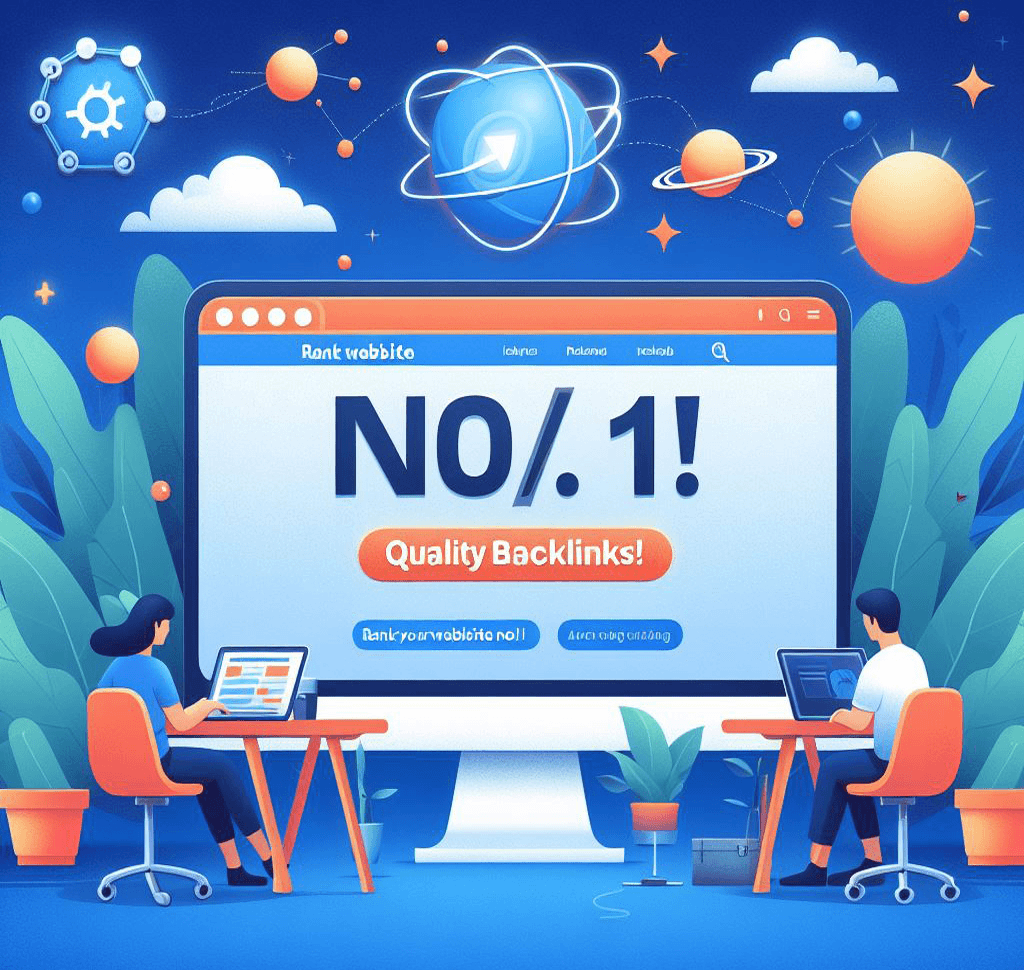Full-stack development is a highly sought-after skill in the tech industry. With the increasing demand for versatile developers who can handle both front-end and back-end development, learning full-stack development can open up a world of opportunities for aspiring programmers. In this blog post, we will explore the journey from being a beginner to becoming a full-stack developer.
Understanding Full-Stack Development
Before diving into the learning process, it is essential to understand what full-stack development entails. Full-stack developers are proficient in both front-end and back-end technologies. They have a comprehensive understanding of how web applications work, from the user interface to the server and database.
Front-end development focuses on the user-facing aspects of a website or application. It involves creating visually appealing and interactive interfaces using HTML, CSS, and JavaScript. Back-end development, on the other hand, deals with the server-side logic and database management. It includes programming languages like Python, Ruby, Java, or PHP, and frameworks such as Node.js or Django.
Learning Path
Embarking on the journey of learning full-stack development may seem overwhelming at first, but with a structured approach, it becomes more manageable. Here is a step-by-step learning path to guide you:
1. Master the Fundamentals
Start by learning the basics of HTML, CSS, and JavaScript. These are the building blocks of web development and will form the foundation of your full-stack development skills. Familiarize yourself with HTML tags, CSS selectors, and JavaScript concepts like variables, functions, and loops.
2. Dive into Front-End Technologies
Once you have a solid understanding of the fundamentals, delve deeper into front-end technologies. Learn popular frameworks like React, Angular, or Vue.js, which will enable you to build dynamic and responsive user interfaces. Additionally, familiarize yourself with CSS preprocessors like Sass or Less to enhance your styling capabilities.
3. Explore Back-End Development
After gaining proficiency in front-end technologies, it’s time to venture into the world of back-end development. Choose a programming language and framework that aligns with your goals and interests. For example, if you prefer a versatile language, consider learning Python with frameworks like Django or Flask. If speed and scalability are crucial, explore Node.js with Express.js.
4. Database Management
Understanding databases is essential for full-stack developers. Learn SQL (Structured Query Language) to interact with relational databases like MySQL or PostgreSQL. Additionally, explore NoSQL databases like MongoDB or Firebase, which are widely used in modern web applications.
5. Build Projects
Apply your knowledge by building real-world projects. This hands-on experience will help solidify your understanding of full-stack development concepts and enhance your problem-solving skills. Start with small projects and gradually work your way up to more complex applications.
6. Continuous Learning
The tech industry is constantly evolving, and as a full-stack developer, it is crucial to stay updated with the latest trends and technologies. Follow industry blogs, participate in online communities, and attend webinars or workshops to keep expanding your knowledge.
Conclusion
Learning full-stack development is an exciting and rewarding journey. By mastering front-end and back-end technologies, you can become a versatile developer capable of building robust and scalable web applications. Remember to start with the fundamentals, explore different technologies, and continuously challenge yourself with hands-on projects. With dedication and perseverance, you can go from zero to hero in the world of full-stack development.



